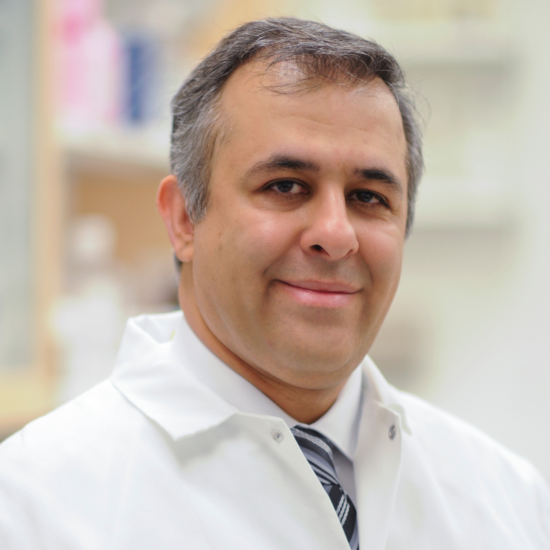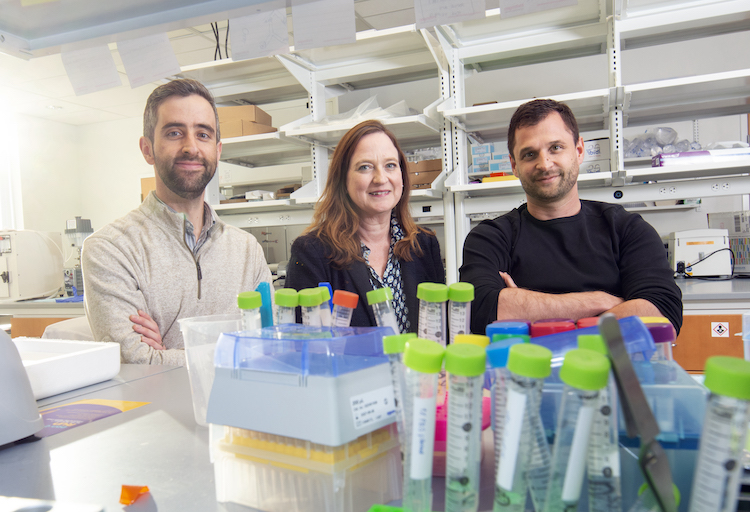May 11th, 2023
Congratulations to Dr. Hakami, and his student Sanskruthi Sreepangi for winning first place in Life Sciences at the 2023 College of Science Undergraduate Research Colloquium.
Life Sciences (Biology, Neuroscience, Forensic Science)
| 1st Place | Sanskruthi Sreepangi, Mentor: Ramin Hakami, Purification and Characterization of RIG-I Inducing RNA Species within Small Extracellular Vesicles Released from Cells Infected with Rift Valley Fever Virus (Poster #12) |
For more information go to https://science.gmu.edu/news/college-science-undergraduate-research-colloquium-recognizes-2023-winners




